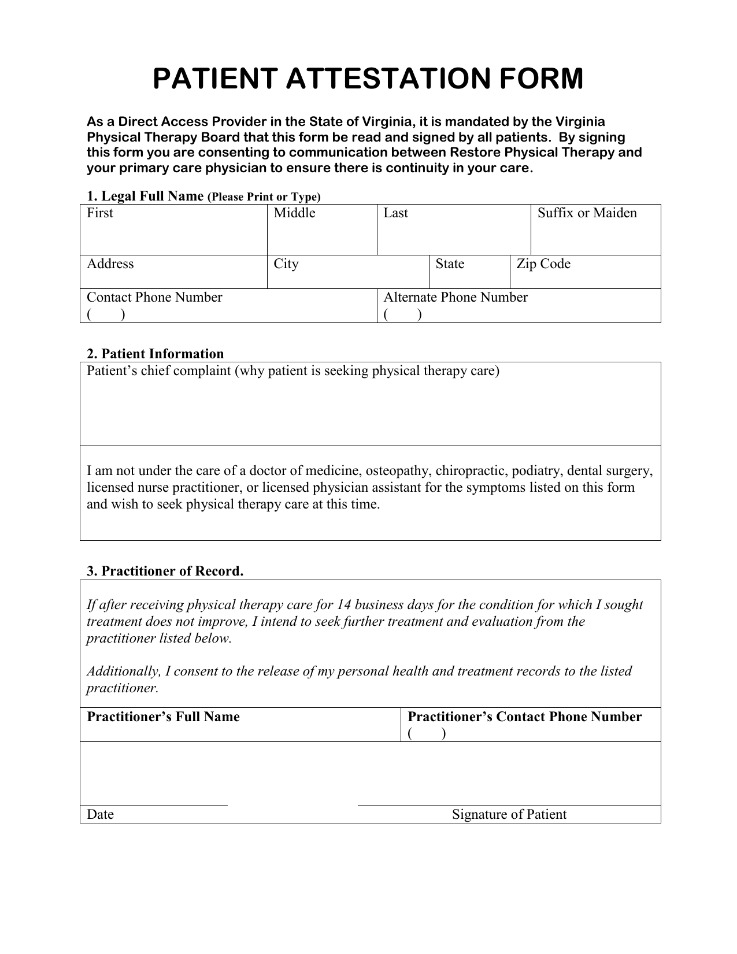Unlocking the Complexities of Payer Reimbursement Policy Analysis
Understanding payer reimbursement policy analysis is crucial in today’s rapidly evolving healthcare landscape. It involves a thorough examination of the guidelines and financial arrangements set by both public and private insurers to reimburse healthcare providers for services rendered. Implementing effective analysis can lead to optimized revenue cycles and enhanced patient care.
Key Elements of Payer Reimbursement Policy Analysis
To effectively analyze reimbursement policies, healthcare administrators and financial executives must focus on several critical aspects:
- Policy Documentation: Examining the official documents issued by payers to understand the coverage criteria, eligibility, and service limitations.
- Fee Schedules: Reviewing the standardized fees that payers are willing to reimburse for different healthcare services.
- Claims Management: Understanding the process of claims submission, denial, and appeals to streamline administrative workflows.
- Compliance and Regulation: Staying aligned with federal and state regulations governing reimbursement practices to avoid penalties and ensure ethical practices.
The Importance of Regular Policy Analysis
Frequent policy analysis is vital to adapting and thriving within the healthcare environment. It can lead to:
- Cost Efficiency: By identifying gaps and inconsistencies in policies, healthcare institutions can improve operational efficiency.
- Patient Experience: Enhanced reimbursement models can shorten claim processing times, leading to a smoother patient experience.
- Strategic Insights: Analysis helps in making informed decisions regarding partnerships, investments, and resource allocation.
FAQs on Payer Reimbursement Policy Analysis
Q: Why is payer reimbursement policy analysis important?
A: It ensures healthcare providers are properly compensated, identifies inefficiencies, and helps comply with regulatory standards.
Q: How often should reimbursement policies be reviewed?
A: Policies should be reviewed at least annually or whenever there are significant changes in regulations or contractual agreements with payers.
Q: What challenges are commonly faced in analyzing these policies?
A: Common challenges include staying updated with frequent policy changes, integrating technology, and managing complex claims processes.
For further insights and a more comprehensive guide on investing in a nuanced analysis approach, visit our page on payer reimbursement policy analysis.



Leave a Reply